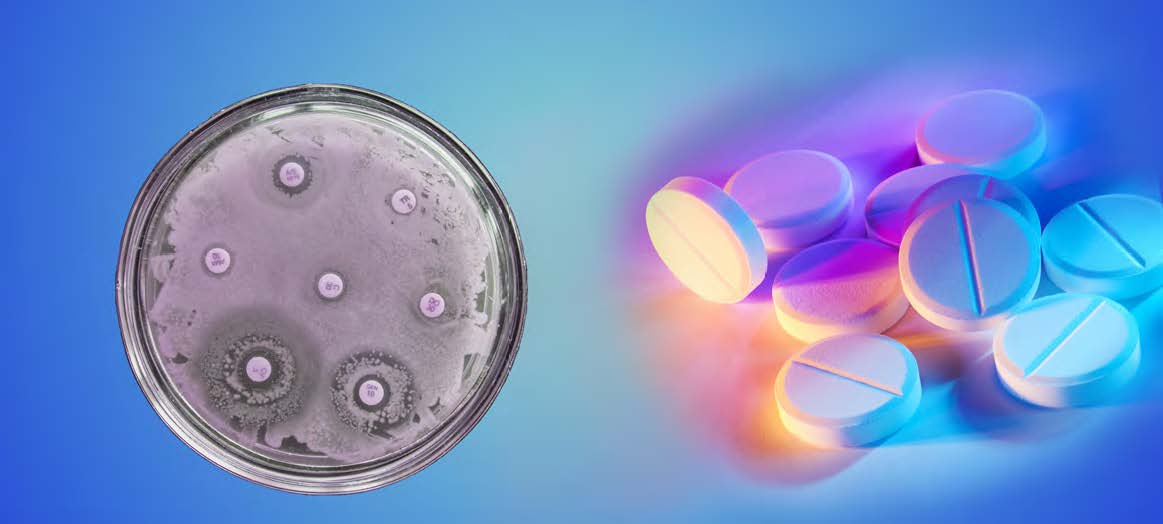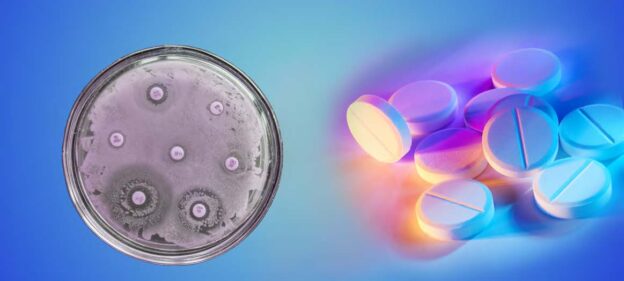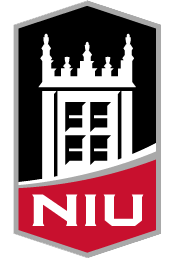By Fred C. Tenover, Ph.D., D(ABMM), FIDSA, FAAM, FISAC
LEARNING OBJECTIVES
Upon completion of this article, the reader will be able to:
- List the reasons that have led to antimicrobial resistance.
- Discuss healthcare statistics and outcomes of multidrug-resistant bacteria.
- Describe how proper antibiotic treatment is selected for individual patients.
- Discuss how antibiograms are generated, used, and developed.
About the Author

Dr. Fred Tenover is Vice President for Scientific Affairs at Cepheid, where he has worked since 2008. He is also Consulting Professor of Pathology at Stanford University School of Medicine, Adjunct Professor of Epidemiology in the Rollins School of Public Health at Emory University, and Consulting Professor of Biology at the University of Dayton. Prior to joining Cepheid, he served for 18 years at the Centers for Disease Control and Prevention (CDC) in Atlanta as Associate Director for Laboratory Science in the Division of Healthcare Quality Promotion. His research team discovered the KPC carbapenem resistance gene and other key resistance determinants. He then became the Director of the Office of Antimicrobial Resistance for the CDC. Dr. Tenover was a member of the CLSI Antimicrobial Susceptibility Testing Subcommittee for 17 years, developing novel test methods for resistance detection and interpretive criteria for new antimicrobial agents. He is a Diplomate of the American Board of Medical Microbiology and a Fellow of the American Academy of Microbiology, the Infectious Disease Society of America, and International Society of Antimicrobial Chemotherapy.
Photo credit: ID 38596122 © Emil Zhelyazkov | Dreamstime.com ID 233070062 © Nickswipe | Dreamstime.com




